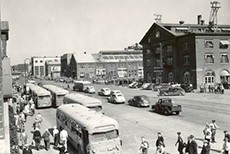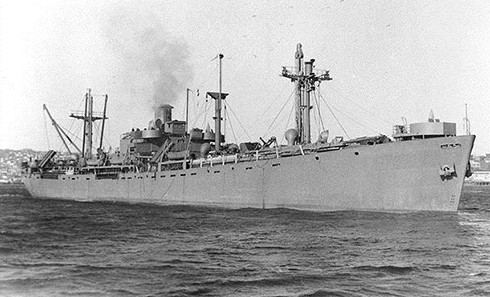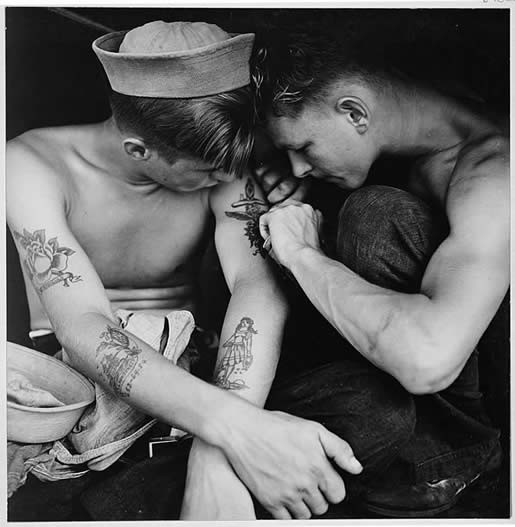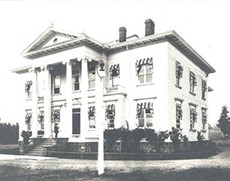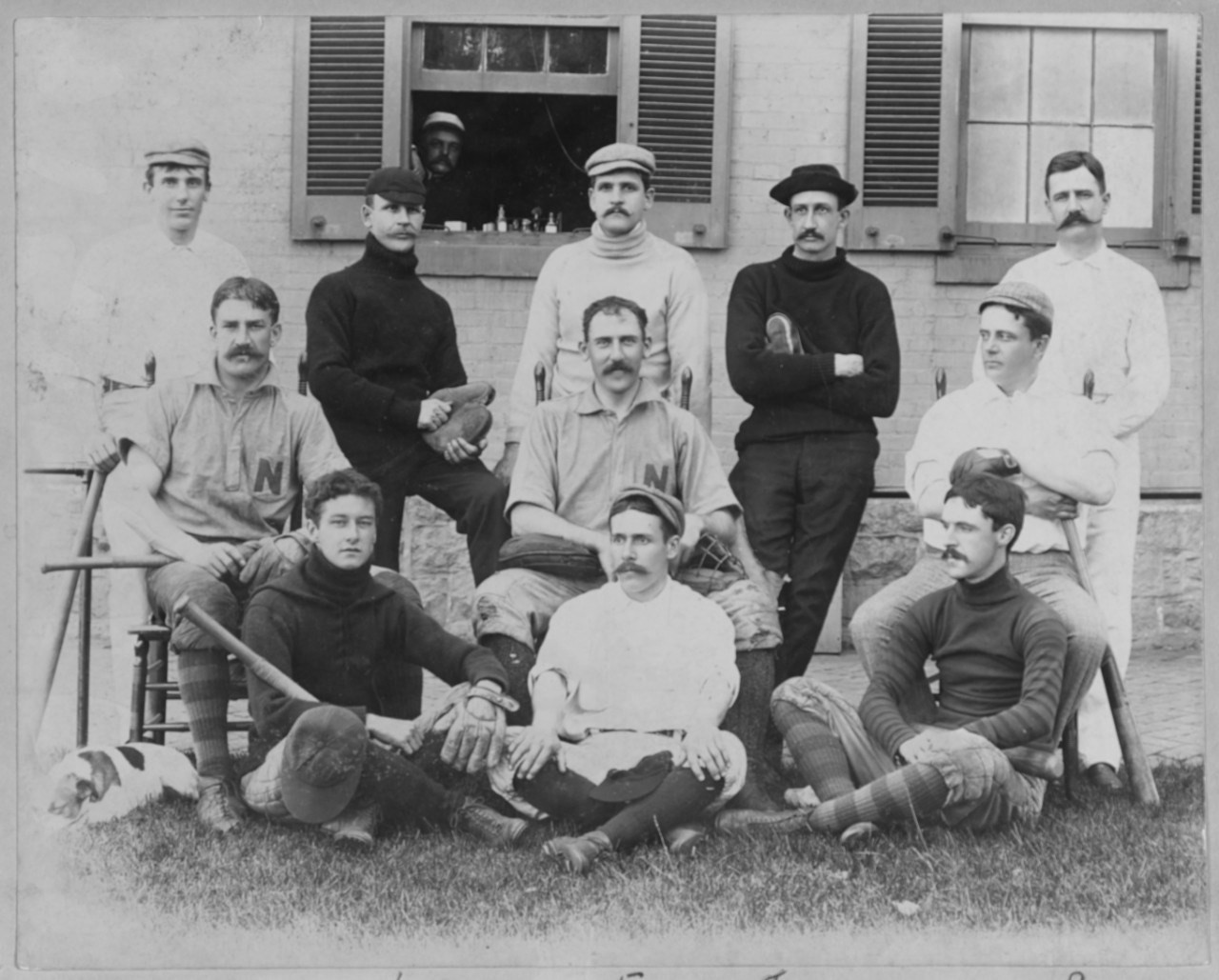Speaker's Bureau
Are you looking for a program for your civic organization, special-interest group, or community event? Our Curator is available to deliver presentations relating to the naval heritage of the Pacific Northwest. There is no charge for this service.
Presentations vary in length, and may be delivered with or without an accompanying PowerPoint slideshow. We consider speaking engagement requests individually, and strive to create the perfect presentation for every group.
Currently available programs are listed below. Do you have a specific topic in mind? We will do our best to accommodate your needs, dependent upon staff availability. Please contact our curator at curator.psnm@navy.mil or (360) 627-2452 to schedule a presentation.
Bremerton and the Puget Sound Navy Yard during World War II
During World War II, the Puget Sound Navy Yard, the city of Bremerton, and the nation experienced dramatic changes. Bremerton’s Puget Sound Navy Yard – among the U.S. Navy’s only facilities for repairing large warships – operated around the clock to build, repair, or overhaul more than 400 vessels. Here, shipyard workers repaired the five U.S. battleships that survived the attack on Pearl Harbor. This work required thousands of new employees who flocked here from all over the country, tripling the city’s population in just three years. The vast changes of the war years impacted Bremerton residents of all ages.
Liberty Ships
The Liberty Ship program was established in 1941 because a massive fleet of cargo ships was needed to carry food, war materials, and other items to the fighting fronts. A Liberty could carry 2,840 jeeps, 440 tanks, or 230 million rounds of rifle ammunition. The ability to build ships at a rate faster than they were lost to enemy action, while maintaining a steady stream of supplies to the front, was one of the keys to winning the war.
A standardized, mass-produced design enabled the launching of an astonishing 2,710 Liberty Ships in less than four years. Many were built in shipyards here on the West Coast.
The Naval Heritage of Tattoos
“A sailor without a tattoo is like a ship without grog: not seaworthy.” – 19th Century New York City Tattooist Samuel O’Reilly
Modern tattoo culture is rooted in the nautical world. Before moving into the mainstream, tattoos were long associated with sailors, their chosen designs often reflecting life on the sea. Beginning in the eighteenth century, British sailors adopted the practice following contact with Polynesian cultures. This popular form of body art quickly spread across the Atlantic to American sailors and is now found on people from all walks of life.
Presentation developed in conjunction with our exhibit, “Skin Deep: The Nautical Roots of Tattoo Culture,” on view April 2015 - January 2017.
Puget Sound Navy Museum Past and Present
This short presentation is intended to serve as an introduction to the Museum’s history, exhibits, programs, and vision. Learn more about our establishment in 1954 and our many homes over the years. Over six decades, the artifact collection has been moved four times. Our present building – known as historic Building 50 – was built in 1896 as the Shipyard’s first administrative headquarters.
The museum collection now numbers more than 30,000 artifacts that help us tell the unique story of this region’s naval history. Our slate of permanent and temporary exhibits introduces visitors to the Puget Sound Naval Shipyard, USS Nimitz, and much more. We also hold many educational programs, such as Set SAIL Fridays, enabling visitors of all ages to explore naval history and experience life as a sailor.
When Baseball Went to War
“When Baseball Went to War” explores the history of Navy baseball from its earliest years through World War II. The first ship-based baseball teams formed in the 1880s. By World War I, baseball had become fully integrated into Navy training. America’s involvement in World War II resulted in an unprecedented explosion in Navy baseball. Major leaguers like Yogi Berra, Bob Feller, and Ted Williams joined the Navy, and service baseball flourished in both the European and Pacific theaters.
This presentation was developed in conjunction with our temporary exhibit “When Baseball Went to War” (on display March 2016 – January 2018).

